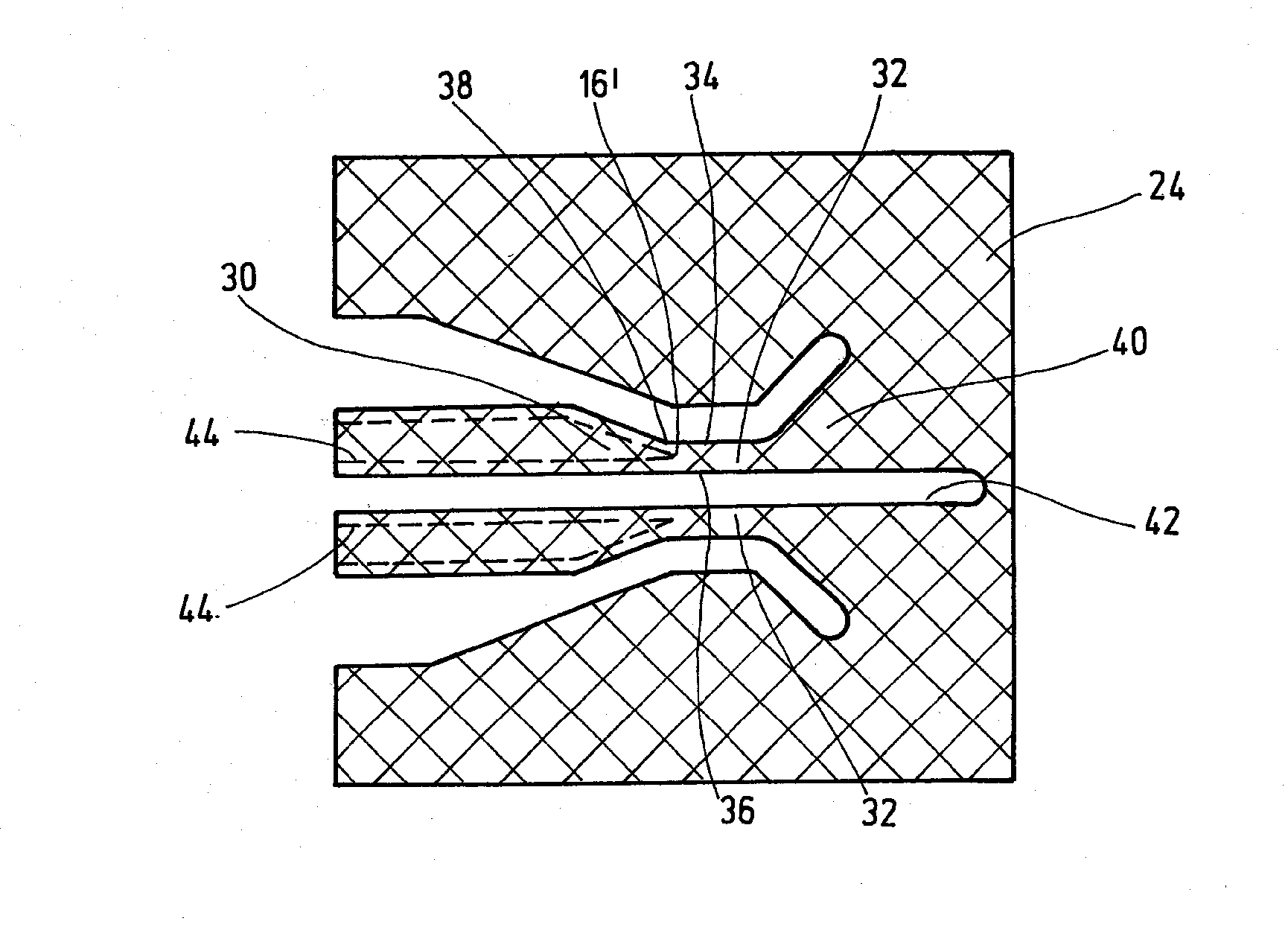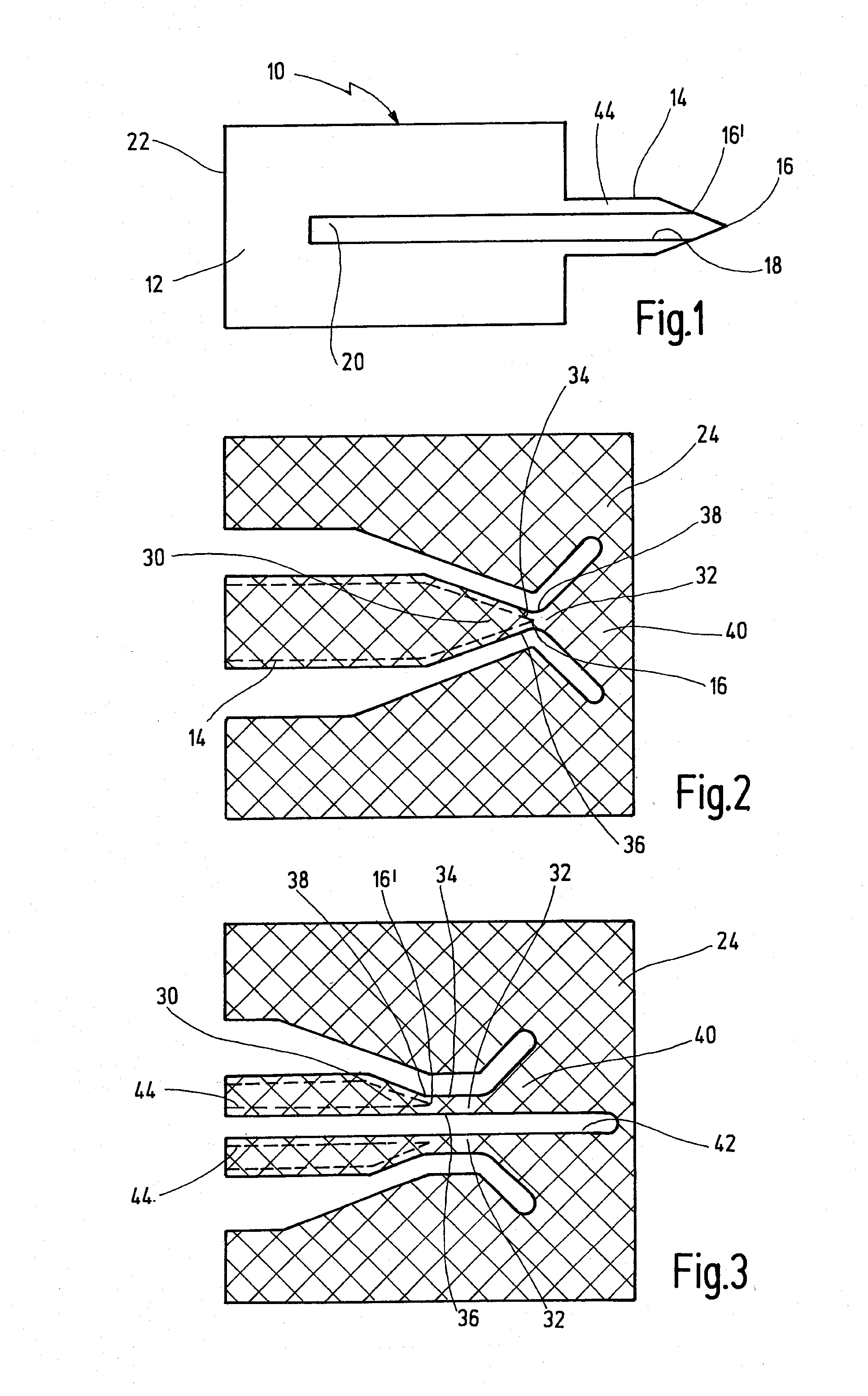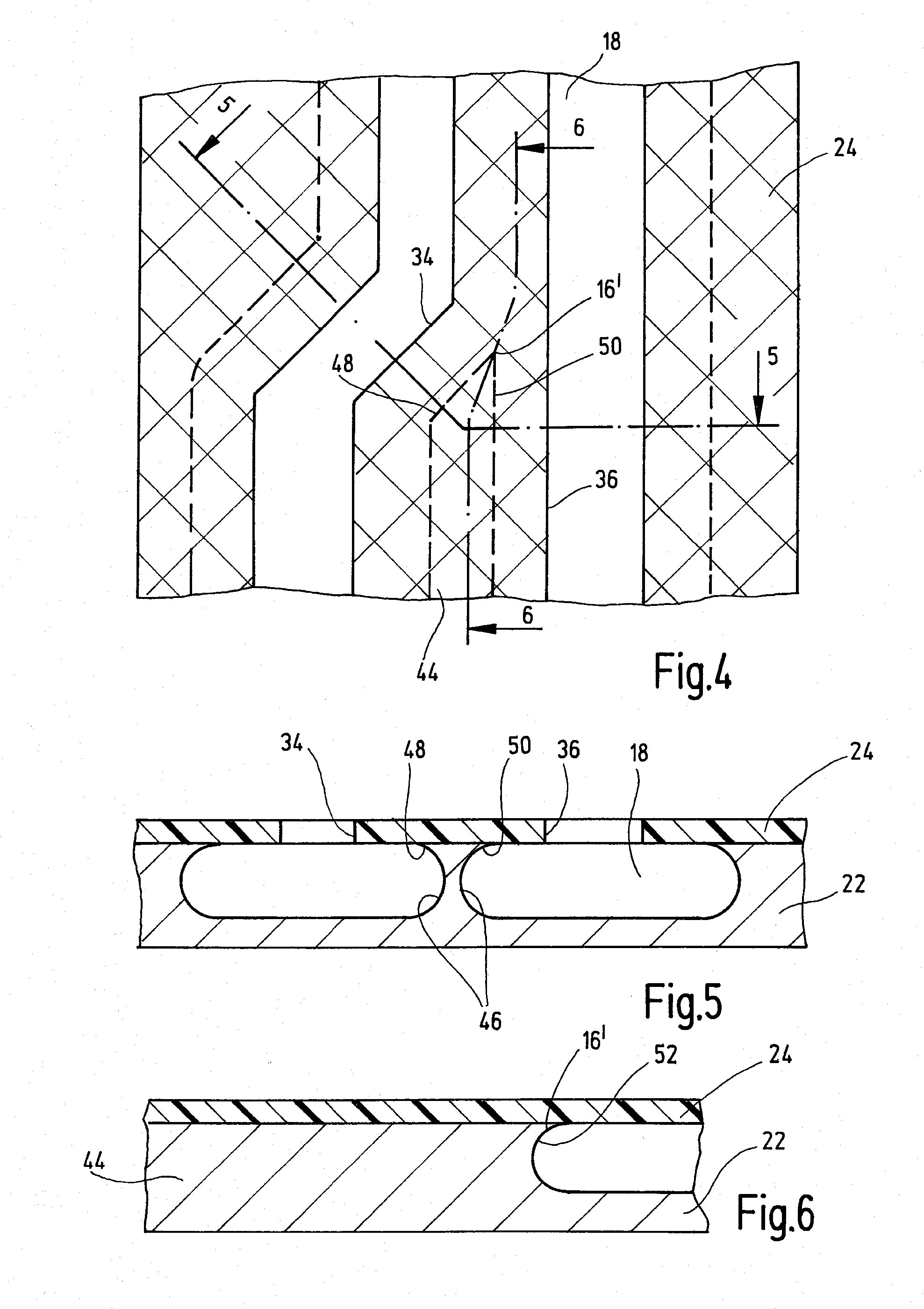Method for producing a pricking element
a technology of pricking element and method, which is applied in the direction of manufacturing tools, applications, diagnostic recording/measuring, etc., can solve the problems of not providing a particularly optimal puncture, reducing the problem of blunting, and not generally using mechanically stressed materials
- Summary
- Abstract
- Description
- Claims
- Application Information
AI Technical Summary
Benefits of technology
Problems solved by technology
Method used
Image
Examples
Embodiment Construction
[0033] The embodiments of the present invention described below are not intended to be exhaustive or to limit the invention to the precise forms disclosed in the following detailed description. Rather, the embodiments are chosen and described so that others skilled in the art may appreciate and understand the principles and practices of the present invention.
[0034] The lancing and sampling element 10 shown in FIG. 1 is used as a disposable article to withdraw and transport a small amount of blood through capillary action from a body part of a test subject to an analytical site 20, for example, to carry out blood glucose measurements. In this exemplary embodiment, the lancing element 10 comprises a flat-shaped member 12, a lancing member 14 extending therefrom and having a tip 16, and a semi-open capillary channel 18 for blood transport through capillary action from the tip 16 to the analytical site 20.
[0035] The flat-shaped member 12 is made of a stainless steel metal sheet 22 hav...
PUM
| Property | Measurement | Unit |
|---|---|---|
| Thickness | aaaaa | aaaaa |
| Thickness | aaaaa | aaaaa |
| Length | aaaaa | aaaaa |
Abstract
Description
Claims
Application Information
 Login to View More
Login to View More - R&D
- Intellectual Property
- Life Sciences
- Materials
- Tech Scout
- Unparalleled Data Quality
- Higher Quality Content
- 60% Fewer Hallucinations
Browse by: Latest US Patents, China's latest patents, Technical Efficacy Thesaurus, Application Domain, Technology Topic, Popular Technical Reports.
© 2025 PatSnap. All rights reserved.Legal|Privacy policy|Modern Slavery Act Transparency Statement|Sitemap|About US| Contact US: help@patsnap.com



